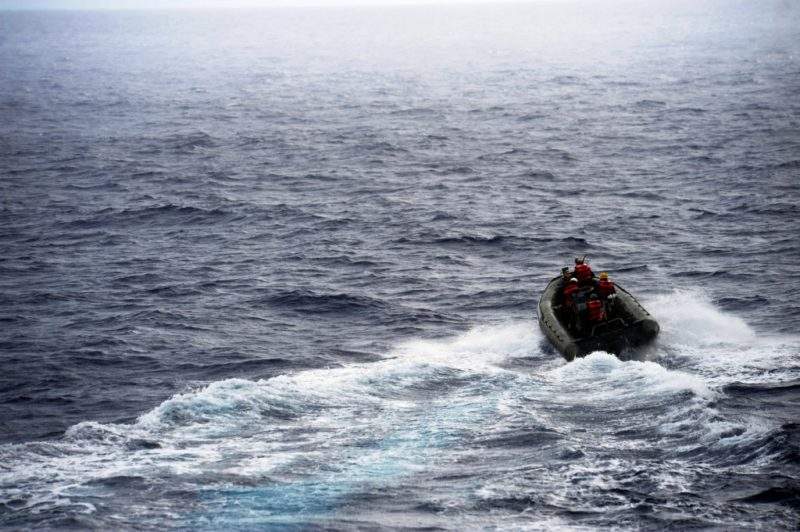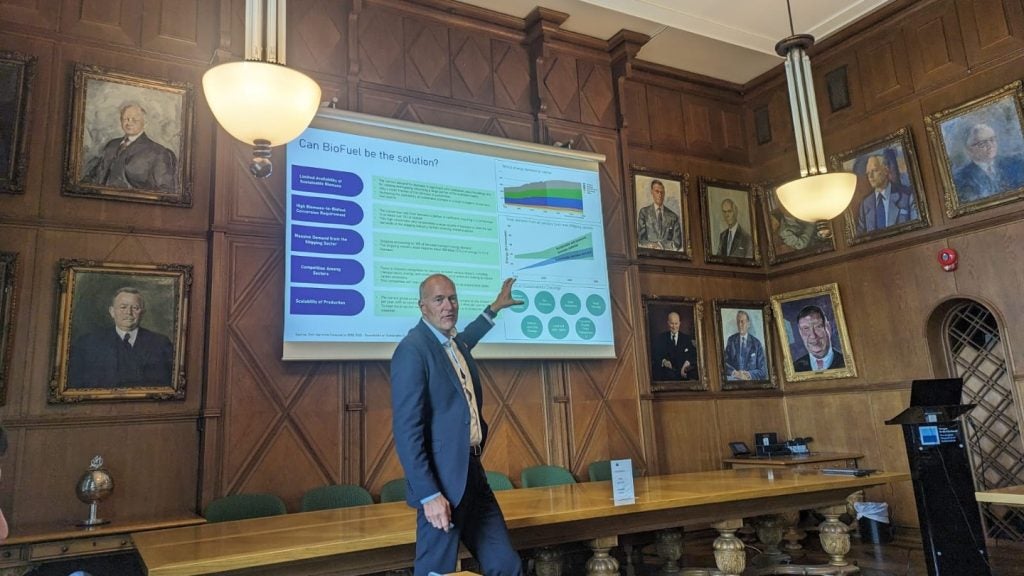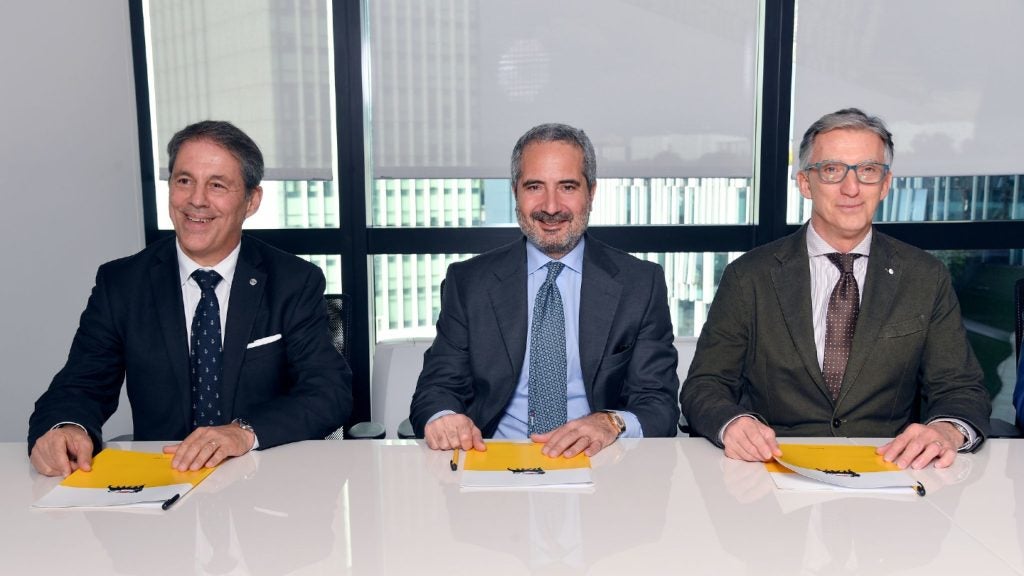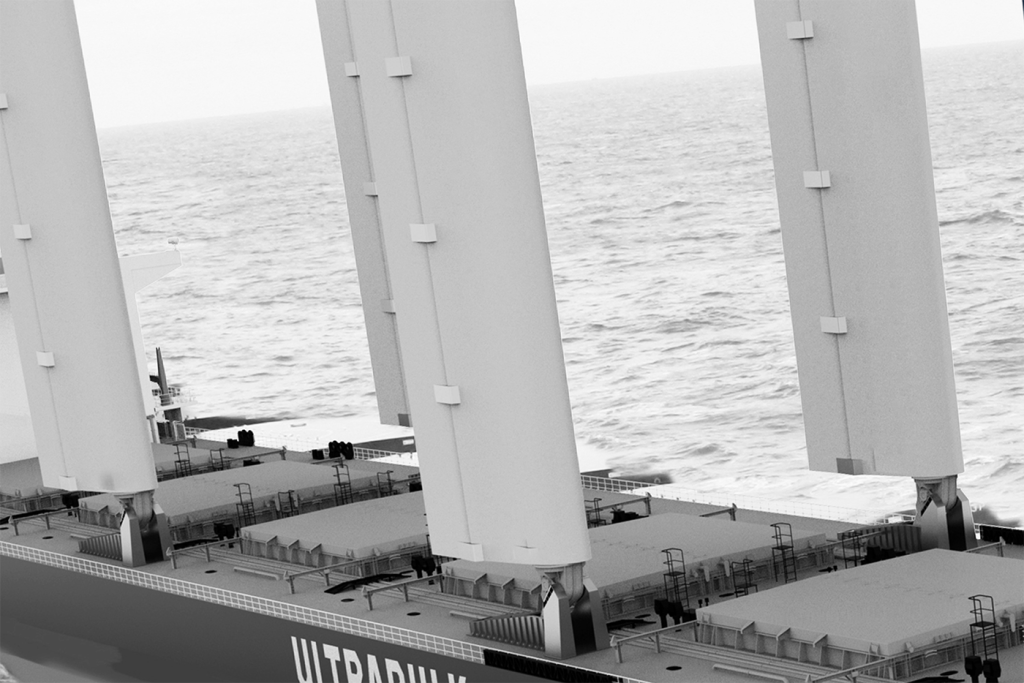
Since 2000, there have been 309 incidents of passengers or crew going overboard on cruise ships, with an average of 21 happening every year. Already in 2018 there have been seven incidents and while cruising is statistically one of the safer holiday options, questions about why these accidents keep happening and how we can prevent them still need to be asked.
In the US the Cruise Vessel Security and Safety Act was passed in 2010, after much campaigning from the International Cruise Victims Association. Among other safety areas, the act states that all vessels are required to integrate technology to capture images of or to detect passengers who have fallen overboard as soon as the technology was available. This loophole has caused controversy, with the dearth of suitable technology used by cruise liners as a reason to not invest in overboard systems.
The International Organization for Standardization (ISO) in February 2018 announced new guidelines for the implementation of overboard systems, with the aim to propel forward the development of man overboard (MOB) technology for the cruise industry.
A new standard in cruise safety
The guidelines cover how MOB systems are expected to perform in a wide range of circumstances and environmental conditions. The standards, named ‘Ships and marine technology – Systems for the detection of persons while going overboard from ships (Man overboard detection)’, are publicly available and still under development, but are expected to be fully published soon.
The specifications were created in collaboration with the Cruise Lines International Association (CLIA), which acted as an expert in the ISO/TC/SC 1 Maritime Safety technical committee used by ISO when creating the guidelines.
CLIA’s senior vice president of maritime policy Brian Salerno says: “The ISO standard, once published, will be the first available standard specifically focused on man overboard detection technology. Alternatively, CLIA cruise lines may use image capture technology to identify whether a man overboard has occurred. In either case, it would be up to each individual owner to identify which performance standard best suits their operation and ship configuration.”
How well do you really know your competitors?
Access the most comprehensive Company Profiles on the market, powered by GlobalData. Save hours of research. Gain competitive edge.

Thank you!
Your download email will arrive shortly
Not ready to buy yet? Download a free sample
We are confident about the unique quality of our Company Profiles. However, we want you to make the most beneficial decision for your business, so we offer a free sample that you can download by submitting the below form
By GlobalDataThe response from the industry has been mostly positive, with many cruise lines working with CLIA in the development and uptake of the standards.
PureTech Systems vice president of marketing Eric Olson says: “The MOB standards are a welcome addition to the cruise industry. The standards provide a framework for which cruise lines can evaluate man overboard systems for their safety needs. In essence, it’s a cheat sheet assembled by the experts in the MOB industry that provides guidance to the cruise lines as to the important aspects and performance criteria they should be looking for in such systems.”
Implementing man overboard technology
According to data from PureTech Systems, a manufacturer of MOB technology, only 13.8% of people who fall overboard from a cruise vessel are saved. Despite the law requiring MOB systems to be installed, the caveat that the technology must be used when it becomes available has held the industry up from the broad installation of MOB tech on all vessels.
“When someone goes overboard, the cruise lines call the Coast Guard to search for this person with no idea of where to look since these are no MOB systems on most ships,” comments International Cruise Victims chairman Kendall Carver. “These searches cost, according to FOIA material, upwards of $1m and very seldom are the individuals ever found. This is a direct cost to the tax payer.”
In late 2017, MSC Cruises announced that its vessel MSC Meraviglia had been fitted with a new MOB detection system to allow for the fastest possible intervention should a person or object fall overboard. The move from MSC Cruises sets a new precedent, eliminating the excuse that the technology wasn’t there to be used, potentially meaning that all cruise bodies will have to follow suit, installing similar technology aboard their vessels. The ISO standards are well timed then, to regulate what could potentially be a huge shift towards MOB uptake.
“MSC Cruises very much welcomes this work undertaken by ISO and fully supports it,” says MSC Group executive vice president for maritime policy and government affairs Bud Darr. “The current publicly available standard, and the anticipated international standard, will help ensure a necessary level of consistency in performance definition and verification with this emerging safety technology.”
What’s safer than a cruise?
Statistically, cruising in one of the safer forms of travel and holidaying. In April 2017 G.P. Wild published its analysis for CLIA of operational incidents in the cruise industry during 2009 to 2016. According to the report, despite worldwide cruise ship capacity growing by 41.5%, the number of incidents fell, at an average of 19.4 per year.
“Contrary to the claims of professional industry critics, cruise lines are highly regulated, with robust enforcement,” Salerno says. “The average ship undergoes dozens of announced and unannounced safety inspections per year, involving hundreds of man hours and covering thousands of specific requirements set by the International Maritime Organization (IMO).”
According to data from 2011, the cruise industry has a fatality rate of 0.08 per billion passengers, compared to 0.8 for commercial air travel, 2.2 for car travel, and 11.9 for the US rail.
Olson believes the focus on specific incidents may simply span from the amount of people choosing cruise travel, and holidaying on cruise vessels. “Cruise lines are very safe,” he says. “However, much like the other market sectors, when you are transporting a large group of people on a single vessel – or airplane, ship, or train – this brings more visibility to mishaps and greater scrutiny of safety and accountability of procedures and systems, by the general public, industry groups and safety regulators.”
Still, merely because cruise travel is statistically safer than other options, this doesn’t mean the industry can ignore technology that could and will save the few lives that are put at risk through overboard accidents. In his comments regarding the necessity of MOB systems, Carver asked: ‘What is a life worth?’. In the case of cruise liners, with the Cruise Vessel Security and Safety Act and these new ISO specifications, this question now appears to have a quantifiable answer.







